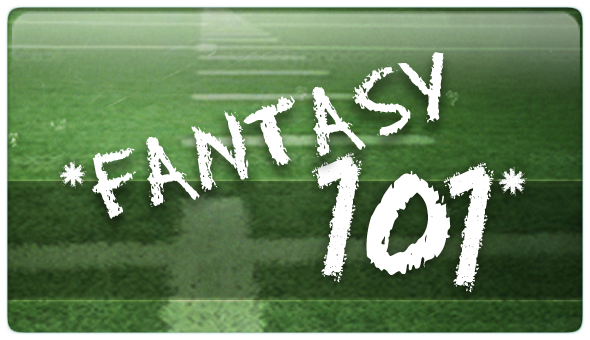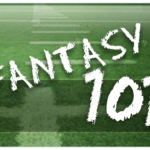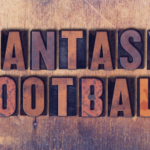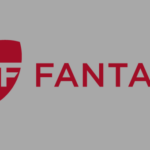Nearly all of the fantasy leagues out there are still using a snake-draft format to select their teams, but amazingly and estimated 90 percent of leagues that experiment with an auction-style format never go back. In our latest Fantasy 101 we breakdown Auction vs. Drafts.
While new ways of doing things can often be intimidating there are many factors to consider that may lead to your league switching the style in which teams are selected.
HOW DOES AN AUCTION WORK?
Owners take turns making opening bids on players in a predefined format. Instead of simply adding players to their rosters, however, participants place them “on the block.” An opening bid is introduced and auction-style bidding follows (“Going once… Going twice… Sold!”). The league has a preset, imaginary salary cap (e.g. $100) that people cannot go over. However, a roster limit must still be recognized (i.e. if you use 16-man rosters, all owners must bid on 16 players with a minimum of $1 bid per player). The highest bidder adds the player to his or her roster and the winning bid is subtracted from that bidder’s salary cap. This process continues until all the rosters are full.
ADVANTAGES OF AN AUCTION
—More Fair: Why should some random process determine who the league gets the best player or No. 1 pick. In an auction ALL PLAYERS ARE AVAILABLE TO ALL OWNERS.
—More Flexible: Often in snake drafts your draft position often determines the strategy in which you build your team. However, in an auction owners are in more control where they invest highly and can focus more on those areas.
—More Fun: There’s nothing worse in a snake draft that waiting a half an hour in between your picks. The dead time really drags on in later rounds. However, in an auction every owner is engaged at all times as they can bid on any player.
—More Strategic: For people that have played fantasy football for more than a few years, you could probably do a snake draft in your sleep. Preparing for an auction is not much different, but definitely will present some new wrinkles and exciting elements to picking your team. If you want to spend 80 percent of your money on a couple of studs and build the rest on the low end you can. If you want to have a nice mix of value at multiple positions you can go that route as well.
DRAWBACKS OF AN AUCTION
—Must Think Outside of the Box: Getting your league to switch to an auction is going to be a tough sell, especially to those owners that tend to pick up a magazine on the way to the draft. The reality is though that preparation time is no different. The key is to know which players you wish target with big bucks and as sleepers going in.
—Keeping It Simple: An auction can initially be very initimidating to owners, so before you hit with a bunch of ideas really fast you need to sell them on the benefits first and then how it works.
TIPS FOR BEGINNERS
—Balance: Use the following guide lines to the salary cap on your starters: one QB – 10-15%, two RBs – 50-60%, three WRs – 25-35% (adjusting for your league’s settings), and roughly the minimum at all the other positions and back-ups. This should lead to fielding a competitive squad.
—Perceived Value: After each player is sold, simply write down how much he sold for next to his name on your cheat sheet. This will give you an idea of how your league perceives value, allowing you to bid accordingly. For example, if the 18th ranked WR on your cheat sheet sold for $14 and now the 12th ranked WR is going for only $10, you should bid $11 for him, knowing it would be a bargain. By simply keeping track of how much people are spending on whom, you will make sure not to overpay too much for anyone.
Do you prefer an auction format? Let me know @DanClasgens on Twitter.









